Preparing for Packing
- 📦 Moving Boxes - Various sizes for different items;
- 💭 Bubble Wrap - Used to protect fragile objects;
- 📏 Packing Tape - Used on boxes and objects to close them;
- 🏷️ Labels and Markers - For easy identification;
- ✂️ Scissors - For cutting tape and bubble wrap;
- 📜 Packing Paper - Use when wrapping and cushioning;
- 🎁 Stretch Wrap - Keeps items together and protected;
- 🛋️ Furniture Covers - This protects furniture from scratches and dust;
- 🛏️ Mattress Bag - A bag used to protect the mattress during the move.
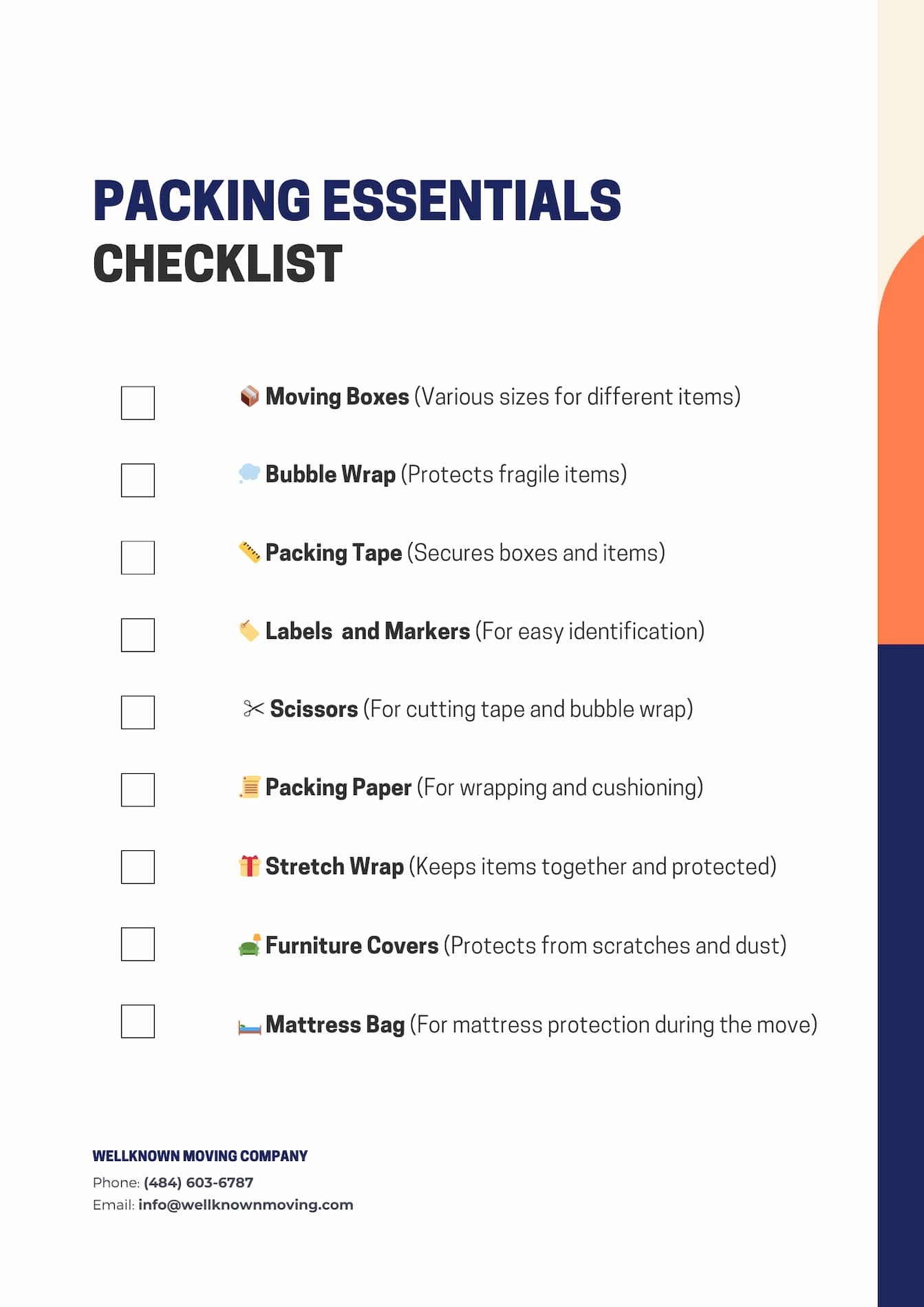
Where to get packing supplies?
| Material | Where to Buy | Approximate Price Range | Notes |
|---|---|---|---|
| Boxes | U-Haul, Home Depot, Lowes | $1 - $4 per box | Often available in various sizes. Sometimes has bundling deals to save money. |
| Bubble Wrap | Amazon, Walmart, Office Depot | $10 - $30 per roll | Comes in small and large rolls. |
| Packing Peanuts | Staples, Uline | $20 - $50 per bag | Biodegradable options. |
| Packing Tape | Amazon, Home Depot | $2 - $10 per roll | Heavy-duty tape recommended, multi-pack deals common. |
| Marker Pens | Amazon, Office Supply Stores | $5 - $15 for a pack | Waterproof and thick markers work best for labeling. |
| Stretch Wrap | Amazon, U-Haul | $10 - $30 per roll | Very useful for drawers and doors that are always trying to open. |
| Furniture Pads | U-Haul, Harbor Freight | $10 - $25 each | Reusable options offer good value. |
| Wardrobe Boxes | U-Haul, Home Depot | $10 - $20 per box | A must for hanging clothes that are easily movable. |
Remember, quality packing materials really make a difference for reducing the risk of damage during your move. WellKnown Moving Company also offers a variety of high-standard packing supplies and can advise you on exactly what you should have, aligned with the details of your move.
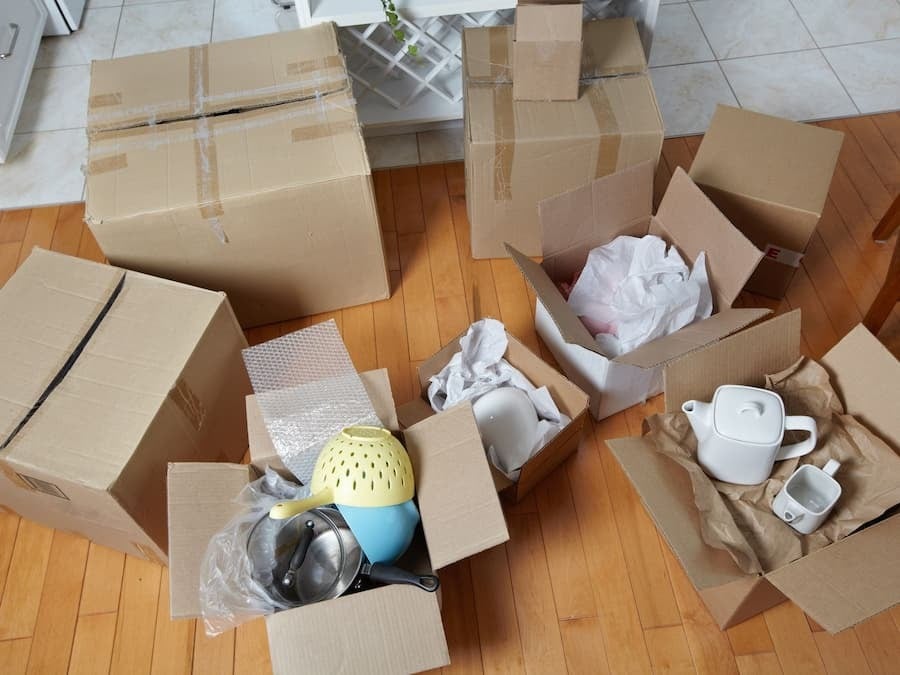
Sorting and Decluttering
To make it easier to pack, begin by classifying and decluttering your things. Categorize things you own into:
- 💼 Keep;
- ❤️ Donate;
- 🗑️ Discard.
This step not only helps you weed out what you don't need to pack but ensures you pack only what you really need. Read our decluttering article for the inside scoop on a comprehensive approach to getting organized and saving money on your move!
Choosing the Right Packing Supplies
The right packing material is very important to prevent damage to your belongings during transportation. Here are some basic materials you should have available:
- 📦 Moving boxes: Choose good-quality boxes that will support the weight and protect your items;
- 💭 Bubble wrap and 📜 packing paper: Protect fragile items so that they do not get broken;
- 📏 Packing tape: Use strong tape to ensure a box is tightly sealed and won't open during moving;
- 🏷️ Labels and 🖍️ markers: Clearly label each box to make unpacking easier and more efficient.
Packing Techniques
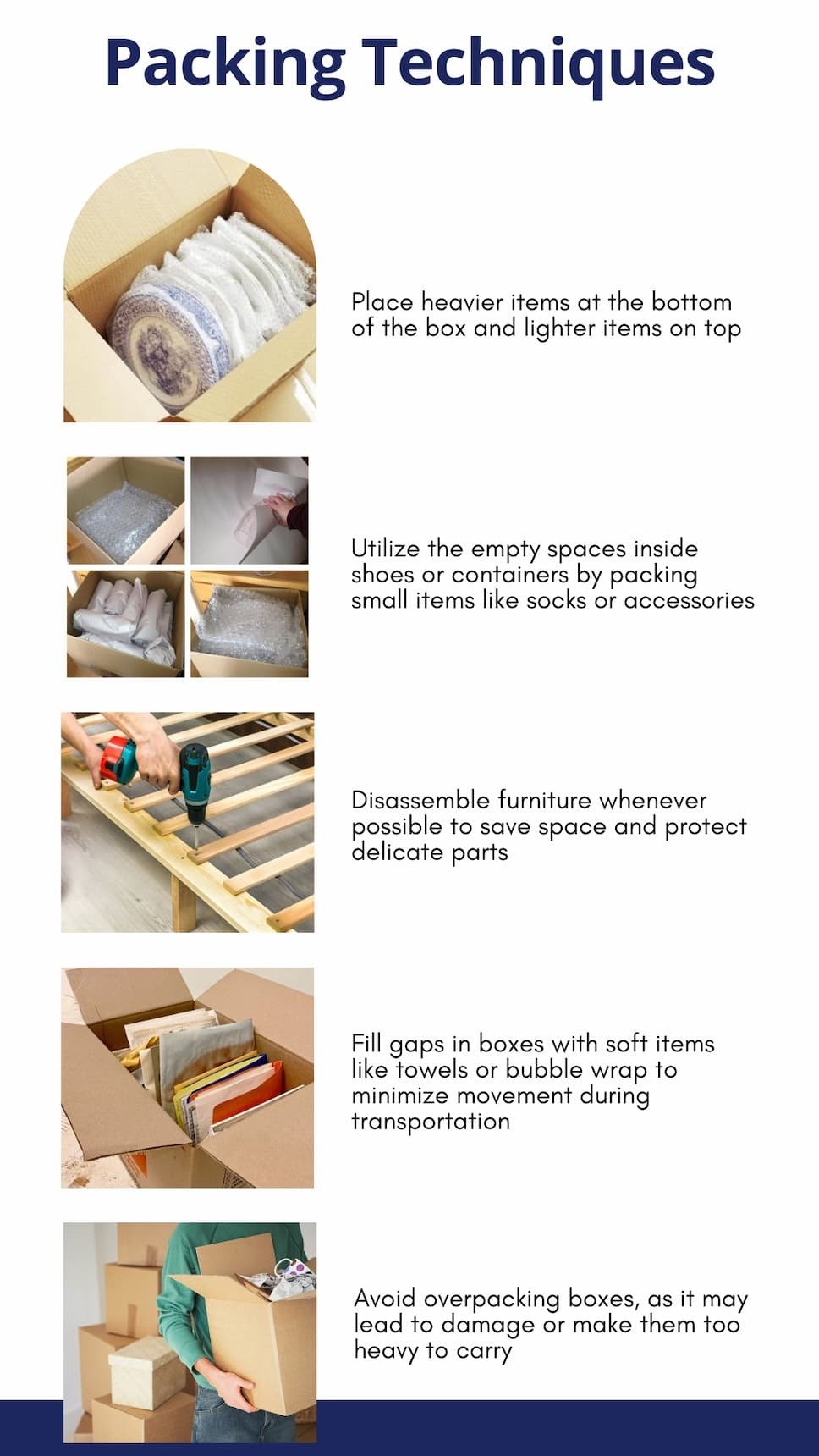
Efficiency is the key to fitting more in fewer boxes. Following are some techniques to optimize space:
- Pack heavier items on the bottom of the box, lighter items on top;
- Utilize the empty spaces inside shoes or containers by packing small items like socks or accessories;
- Disassemble furniture into its constituents whenever possible to save room space and protect delicate parts;
- Fill in the boxes with soft items, such as towels and clothes, or packing paper and bubble wrap to minimize movements during transportation.
- Avoid overpacking boxes, as it may lead to damage or make them too heavy to carry.
Labeling and Inventory
Label and inventory all the packed boxes; it saves oodles of time and teeth gnashing frustration when unpacking. Following are a few suggestions:
- Label every box with its contents, destination room and any special instructions;
- Prepare a master inventory list in order to keep track of the box numbers and contents;
- Use color-coded stickers or labels so that all boxes having gone into a particular
Always mark boxes with fragile items on multiple sides. Include arrows to indicate which side goes up.
Packing Fragile and Valuable Items
Fragile or valuable goods call for careful packing. The following tips ensure valuables are all protected:
- Wrap any fragile items individually with bubble wrap and pad them with the cushioning, whether that be packing paper or foam;
- Use dividers or compartments for your delicate items, such as glassware, to keep them from bumping together.
- Please keep all your valuables, such as jewelry or important documents, with you when you move.
When wrapping items, ensure the bubble wrap fits snugly but isn’t too tight. This prevents damage while saving space.
Packing Strategies for Different Items
Not every item can be packed in the same manner. For this reason, various kinds of belongings require a few extra care tips to ensure proper safety and organization. Here are a few packing tips for different items:
Clothing Organization
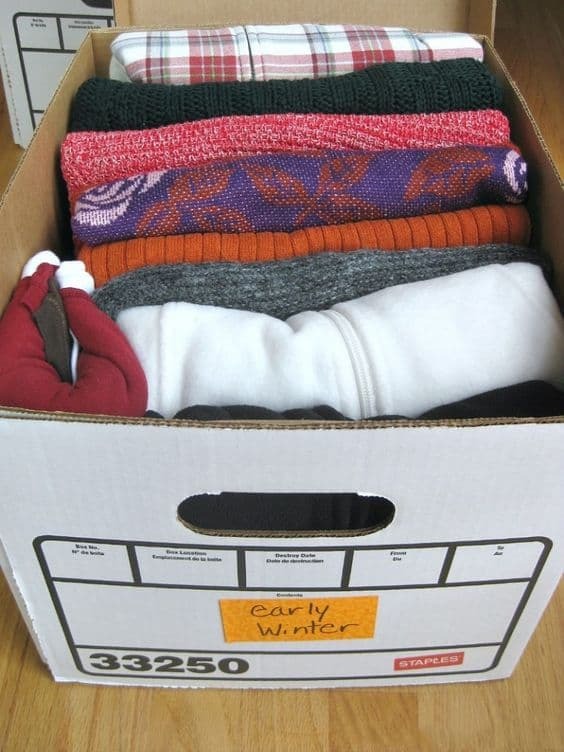
Store clothing in a fashion that saves space. Examples include rolling and vacuum sealing. Separate types of clothing and may want to use garment bags for delicate or formal items.
Try the following techniques:
- Roll the clothes instead of folding them to decrease wrinkles and increase space;
- Put shoes in separate bags so that they may not soil your clothes;
- Store clothes in compression with storage or vacuum-sealed bags to save space.
Electronic Device Protection
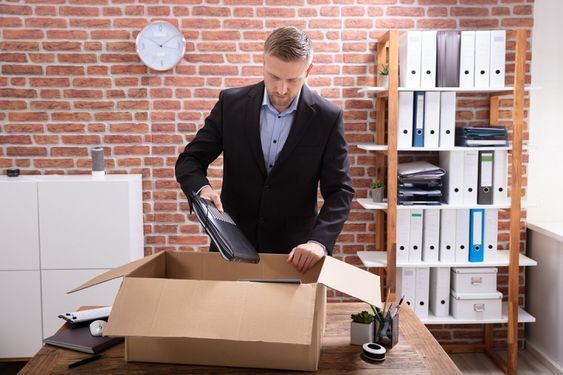
Electronics and appliances are often delicate and expensive. Here's how to pack them safely:
- Remove the batteries out to avoid leakage when shipping devices;
- Wrap each item in anti-static bubble wrap and tape in place;
- Whenever possible, package electronics in their original boxes for added protection.
Document Storage and Books
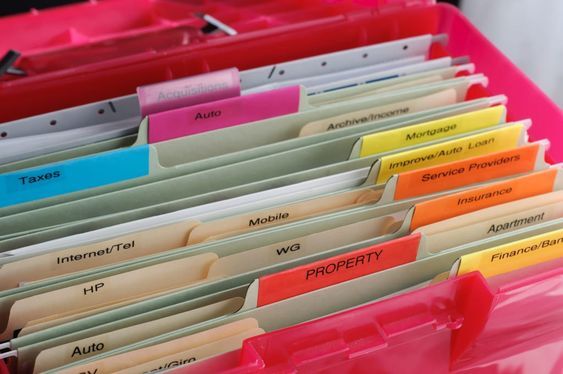
Place important documents like your passport and certificates in a waterproof, fireproof document bag or folder. Keep these documents separate from all the rest so that when there is a need for it to be retrieved, it would be so much easier to access these.
Follow these guidelines:
- Pack books into smaller boxes so they are not too heavy;
- Place heavier books on the bottom and lighter books on top;
- Store valuable papers in heavy-duty file boxes or document organizers.
🛋️ Packing Furniture and Large Items
Moving furniture and other big items does require some planning. Consider the following suggestions:
- Disassemble furniture whenever possible and pack parts securely;
- Use furniture, blankets, or covers to protect items from scratches and dust;
- Keep screws and small parts in labeled bags and tape them to the corresponding furniture piece.
🍽️ Packing Kitchen and Dining Items
Organizing the kitchen items will make it easier to unpack them and set up your new space. Follow these steps:
- Pack fragile kitchenware individually and cushion them with bubble wrap or packing paper;
- Use dividers or cardboard inserts to separate dishes and prevent them from chipping;
- Wrap sharp knives in cardboard or bubble wrap to protect yourself and others during unpacking.
🚿 Packing Bathroom and Toiletries
Packing your bathroom kit efficiently will ensure you arrive with everything you need. Here are some tips to bear in mind:
- Secure lids on toiletries with plastic wrap or tape to prevent leakage;
- Place small toiletries in Ziplock bags to keep them organized and prevent spills;
- Use packing cubes or small containers to store and separate bathroom items.
🧸 Packing Children's Belongings
When packing items for children, it is necessary that everything be done orderly. Here are some guidelines to follow:
- Pack toys and games in separate boxes, clearly labeled for easy access;
- Sort clothing by size and label each box accordingly;
- Have essentials such as diapers, wipes, and their favorite toys within reach during the move.
Packing for a Business Trip
In such a way, an effective packing will be possible for an efficient business tour. Here are a few tips that can be adopted for the purpose:
- Make a list of things needed so that nothing is forgotten.
- Save time and avoid the risk of losing your luggage by giving preference to carry-on bags.
- Pack wrinkle-free clothes and travel-sized toiletries to keep your bag light.
Packing for a Vacation
There are ways in which efficient packing for a vacation may make your experience even better. Check these tips to consider:
- Plan your outfits to avoid overpacking.
- Packing cubes or compression bags can help you make the most of your suitcase's room.
- Pack versatile items that can be mixed and matched.
Packing for a Move
Moving to a new house can be stressful but more manageable with the right techniques of packing. Consider these tips:
- Start packing in advance to avoid last-minute rushing.
- Pack up your stuff room by room. Label each box with the destination room.
- Keep critical items, such as toothpaste or a change of clothes, within arm's reach.
Unpacking and Organizing at the Destination
Once you arrive at your destination, efficient unpacking and organizing will help you settle in quickly. Follow these steps:
- Unpack one room at a time, starting with essential items.
- Place boxes in their designated rooms to streamline the unpacking process.
- Organize items logically and consider using storage solutions like bins or shelves.
FAQs
- Q: How do I pack fragile items like glassware? A: Wrap each particular piece in bubble wraps and use dividers or even compartments so that none of them bumps against the others.
- Q: What's the best way to pack clothing to maximize space? A: Rolling clothes and placing them in vacuum-sealed bags might be a very effective way of saving space with minimal wrinkling.
- Q: Should I disassemble furniture before moving? A: Dismantle furniture, if at all possible, to help you save space and protect sensitive parts during the transit.
- Q: How can I keep track of my packed boxes? A: Label each box with its contents, destination room, and special instructions. Create a master inventory list where you track your boxes in one place.
- Q: How should I pack electronics and appliances? A: Wrap each individually in anti-static bubble wrap and pack in original boxes whenever possible.
- Q: What's the best way to pack books and documents? A: Take small boxes for books, so they are not too heavy; put the most important documents into strong file boxes or organizers.
- Q: How can I protect fragile kitchenware during the move? A: Wrap fragile kitchenware individually, separating dishes with dividers or cardboard inserts.
- Q: What should I pack in my carry-on bag for a business trip? A: You should place travel documents, electronics, and finally a change of clothes in your carry-on.
- Q: How can I keep children's belongings organized during a move? A: Packing toys and clothes in different boxes and labeling them is important; keep the essential items within easy reach.
- Q: What should I pack for a vacation to maximize space? A: Plan outfits in advance; utilize packing cubes or compression bags; pack interchanging items.
Conclusion
Packing will efficiently reduce your stress, time, and space by simply organizing your belongings well. With the tips and strategies set out in this manual, you are guaranteed to be ready to take on any challenge that might come your way as far as packing is concerned. All you need to remember is to plan, have the correct materials for packing, organize it, and then pack. Happy packing!
